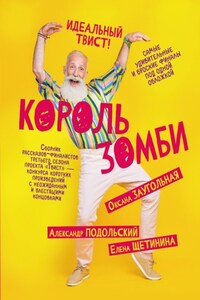Collins HarperCollins Publishers 77-85 Fulham Palace Road Hammersmith London W6 8JB
© Opal Dunn 2014
The right of Opal Dunn to be identified as the Author of this Work has been asserted by her in accordance with the Copyright, Designs and Patents Act 1988.
eBook ISBN 978-0-00-755686-1
Source ISBN 978-0-00-752254-5 Version: 2014-07-14
Collins>® is a registered trademark of HarperCollins Publishers Limited
www.collinselt.com
A catalogue record of this book is available from the British Library.
All rights reserved. No part of this book may be reproduced, stored in a retrieval system, or transmitted in any form or by any means, electronic, mechanical, photocopying, recording or otherwise, without the prior permission in writing of the Publisher.
All rights reserved under International and Pan-American Copyright Conventions. By payment of the required fees, you have been granted the non-exclusive, non-transferable right to access and read the text of this e-book on screen. No part of this text may be reproduced, transmitted, downloaded, decompiled, reverse engineered, or stored in or introduced into any information storage and retrieval system, in any form or by any means, whether electronic or mechanical, now known or hereinafter invented, without the express written permission of HarperCollins.
This book is sold subject to the conditions that it shall not, by way of trade or otherwise, be lent, re-sold, hired out or otherwise circulated without the Publisherâs prior consent in any form of binding or cover other than that in which it is published and without a similar condition including this condition being imposed on the subsequent purchaser.
HarperCollins does not warrant that www.collinselt.com or any other website mentioned in this title will be provided uninterrupted, that any website will be error free, that defects will be corrected, or that the website or the server that makes it available are free of viruses or bugs. For full terms and conditions please refer to the site terms provided on the website.
Cover images © Monkey Business Images/Shutterstock; damircudi/iStockphoto
If any copyright holders have been omitted, please contact the Publisher who will make the necessary arrangements at the first opportunity.








